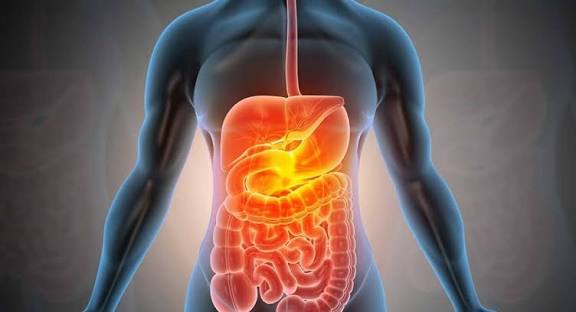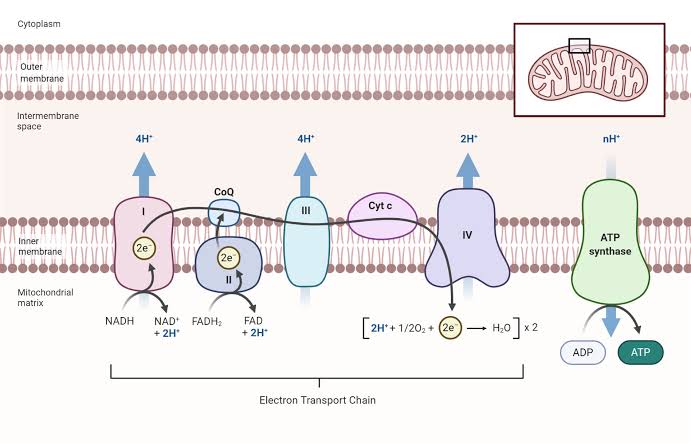
Malabsorption is a digestive disorder characterized by the body’s inability to effectively absorb nutrients from food, often due to damage to the mucous lining of the small intestine or other gastrointestinal issues.
Causes and Mechanism of Malabsorption
The causes of malabsorption can be broadly categorized into several groups, each with distinct mechanisms.
1. Damage to the Small Intestine
The small intestine is primarily responsible for nutrient absorption. Any damage to its mucosal lining can significantly impair this function. Common conditions that cause such damage include:
- Celiac Disease: An autoimmune disorder where ingestion of gluten leads to inflammation and damage in the small intestine, disrupting nutrient absorption.
- Crohn’s Disease: A type of inflammatory bowel disease (IBD) that can affect any part of the gastrointestinal tract but often impacts the small intestine, leading to chronic inflammation and scarring.
- Tropical Sprue: A malabsorption disorder prevalent in tropical regions, thought to be related to environmental factors or infections affecting the intestinal lining.
2. Enzyme Deficiencies
The pancreas produces digestive enzymes essential for breaking down carbohydrates, proteins, and fats. Insufficient enzyme production can lead to malabsorption:
- Chronic Pancreatitis: Inflammation of the pancreas reduces its ability to produce digestive enzymes, resulting in poor fat and protein absorption.
- Cystic Fibrosis: A genetic disorder that affects the pancreas’ ability to secrete enzymes due to thickened secretions.
3. Bile Acid Deficiency
Bile acids produced by the liver are crucial for fat digestion and absorption. Conditions affecting bile production or flow can lead to fat malabsorption:
- Cholestasis: A condition where bile flow is impaired due to liver disease or obstruction of bile ducts.
- Gallbladder Disease: Removal or dysfunction of the gallbladder can reduce bile availability during digestion.
4. Infections and Infestations
Certain infections can disrupt normal intestinal function:
- Giardiasis: An infection caused by Giardia lamblia that damages the intestinal lining, leading to malabsorption.
- Bacterial Overgrowth: Excessive growth of bacteria in the small intestine can interfere with nutrient absorption through competition for nutrients and direct damage.
5. Surgical Interventions
Surgical procedures involving the gastrointestinal tract may result in malabsorption:
- Gastrectomy: Surgical removal of part or all of the stomach affects digestion and nutrient breakdown.
- Intestinal Resection: Removal of sections of the small intestine reduces absorptive surface area.
6. Food Intolerances
Certain food intolerances can also contribute to malabsorption:
- Lactose Intolerance: The inability to digest lactose due to a deficiency in lactase enzyme leads to symptoms like bloating and diarrhea without proper nutrient absorption.
- Protein Intolerances (e.g., Cow’s Milk Protein Intolerance): These conditions prevent adequate digestion and absorption of specific proteins.
In summary, malabsorption results from a variety of factors that impair either the structural integrity or functional capacity of the gastrointestinal system, particularly focusing on the small intestine’s ability to absorb nutrients effectively.
Overview of Common Diseases Associated with Malabsorption
Here are some of the most common diseases associated with malabsorption:
1. Celiac Disease
Celiac disease is an autoimmune disorder where the ingestion of gluten leads to damage in the small intestine. When individuals with celiac disease consume gluten, their immune system responds by attacking the lining of the small intestine, leading to inflammation and villous atrophy. This damage significantly impairs nutrient absorption, resulting in deficiencies in vitamins and minerals.
2. Crohn’s Disease
Crohn’s disease is a type of inflammatory bowel disease (IBD) that can affect any part of the gastrointestinal tract but commonly impacts the ileum (the last part of the small intestine). The inflammation caused by Crohn’s can lead to strictures, fistulas, and ulcers, all of which can interfere with nutrient absorption. Patients often experience symptoms such as abdominal pain, diarrhea, and weight loss.
3. Chronic Pancreatitis
Chronic pancreatitis is a long-term inflammation of the pancreas that impairs its ability to produce digestive enzymes necessary for breaking down fats, proteins, and carbohydrates. This deficiency can lead to fat malabsorption (steatorrhea), resulting in greasy stools and significant nutrient deficiencies over time.
4. Tropical Sprue
Tropical sprue is a malabsorption condition commonly found in tropical regions and is characterized by an inability to absorb nutrients due to damage to the intestinal lining. The exact cause remains unclear but may be related to infections or dietary factors. Symptoms include diarrhea, weight loss, and nutritional deficiencies.
5. Whipple Disease
Whipple disease is a rare bacterial infection that affects the intestines and other organs. It leads to malabsorption due to damage to the intestinal mucosa caused by Tropheryma whipplei bacteria. Symptoms include chronic diarrhea, weight loss, abdominal pain, and joint pain.
6. Bacterial Overgrowth Syndrome
This condition occurs when there is an abnormal increase in bacteria in the small intestine. These bacteria can interfere with digestion and absorption processes by consuming nutrients before they can be absorbed by the body. Symptoms often include bloating, gas, diarrhea, and weight loss.
7. Short Bowel Syndrome
Short bowel syndrome occurs when a significant portion of the small intestine has been surgically removed or is non-functional due to disease or injury. This reduction in absorptive surface area leads to severe malabsorption issues for all types of nutrients.
In summary, these diseases highlight how various conditions affecting either the structure or function of the gastrointestinal tract can lead to malabsorption syndromes.







